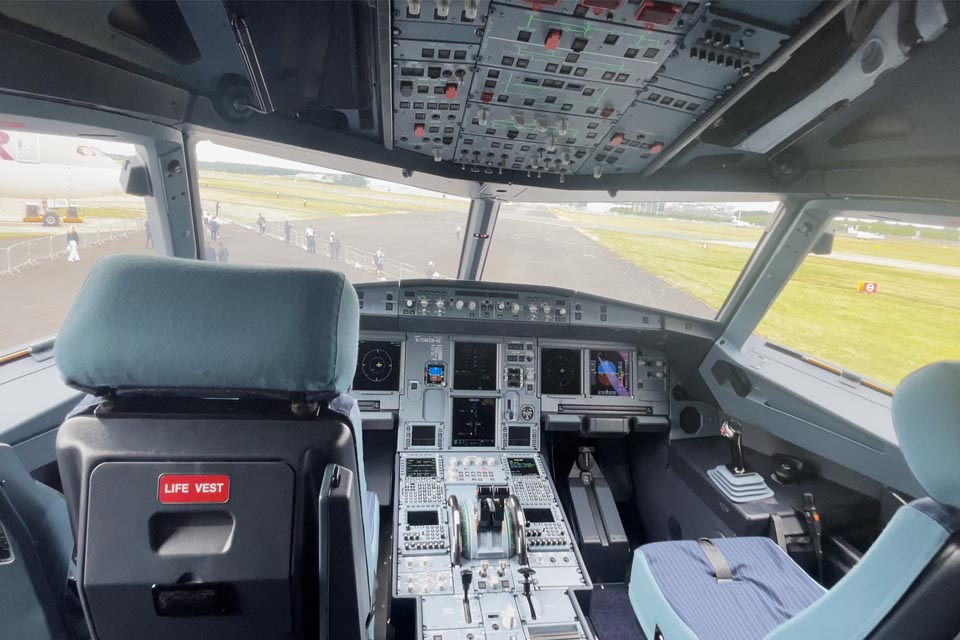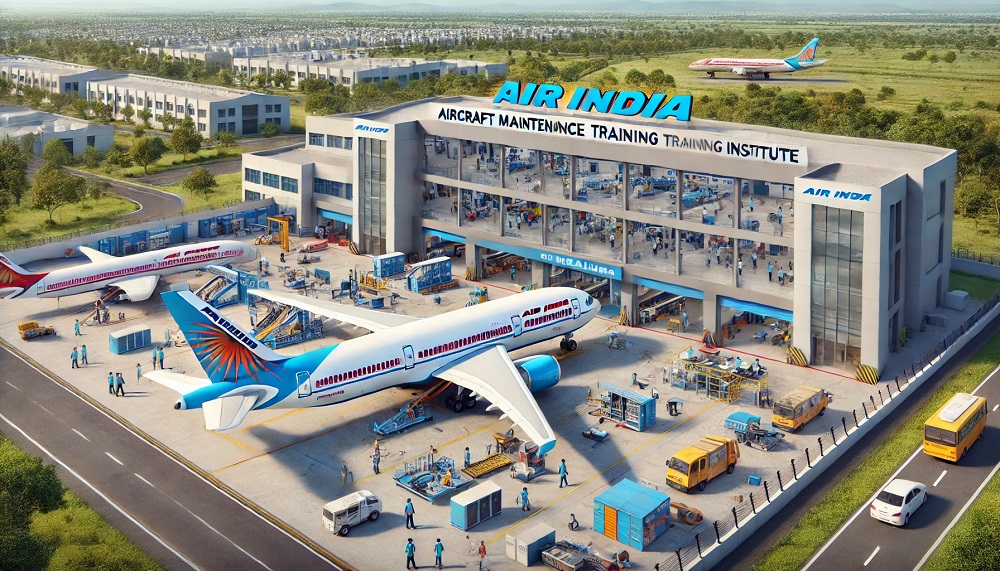Aviation
Airlines are on high alert for cyber attacks targeting onboard flight tracking.

Airlines are now facing a serious risk from new GPS spoofing technology, which can mess up an aircraft’s location. This type of cyber attack can make planes go off course and even affect onboard clocks.
Cybersecurity experts have warned that these attacks use fake GPS signals from the ground to mislead aircraft, potentially causing confusion for drones or missiles. A British cybersecurity firm, speaking at the DEF CON hacking conference in Las Vegas, noted that GPS is not just for positioning but also for timing, and spoofing can cause onboard clocks to act strangely.
GPS has replaced expensive ground-based systems for guiding planes, but it can be easily disrupted with cheap equipment. Airlines use satellite-based systems for real-time tracking, which can also be manipulated.
Qatar Airways Baggage Allowance for Students
Aircraft rely on satellite-based aviation technology for real-time location tracking, as ground-based transmitters are too costly for airlines. Unfortunately, this technology is also susceptible to manipulation, which can lead to false location data being sent to aircraft.
Such falsified information can cause airlines to veer off course and become disoriented in the sky. There is a risk that aircraft could inadvertently enter conflict zones, such as Ukraine-Russia or Israel-Iran, endangering passengers and crew.
Cybersecurity experts are actively working to address these vulnerabilities and enhance safety measures to protect passengers during their flights.

Airlines
Air India to Launch aircraft maintenance training institute in Bengaluru

Air India, one of India’s leading global airlines, is set to establish a Basic Maintenance Training Organization (BMTO) in Bengaluru.
This institute will offer a comprehensive Aircraft Maintenance Engineering (AME) program certified by the Directorate General of Civil Aviation (DGCA). The program will follow an integrated 2+2 year structure, combining classroom learning with practical, hands-on training.
This initiative is part of Air India’s broader goal of creating a robust aviation ecosystem in India. With plans to expand its fleet and strengthen its operations, the airline aims to build a skilled workforce of maintenance engineers, making the organization self-reliant while supporting its ambitious transformation journey.
This country tops visa rejections in the popular Schengen countries
To bring this vision to life, air india has partnered with Bengaluru Airport City Limited (BACL), a subsidiary of Bangalore International Airport Limited (BIAL). Together, they will develop a state-of-the-art facility spanning 86,000 square feet at Bengaluru Airport City.
This purpose-built campus will feature modern classrooms, well-equipped laboratories, and qualified trainers to deliver world-class education and training. The institute is expected to become operational by mid-2026.
The BMTO will be located close to Air India’s new 12-bay Maintenance, Repair, and Overhaul (MRO) facility, also set to open in Bengaluru by early 2026. The AME program will begin with two years of academic coursework, followed by two years of practical training at the MRO, ensuring students receive hands-on experience adhering to industry standards.
Sanctions & Engine Issues Ground Half of Russia’s A320neo fleet
In the meantime, Air India has introduced a Cadet AME program in collaboration with reputable institutions in Bengaluru and Hyderabad.
This ensures continuity in its commitment to developing skilled aircraft maintenance engineers while the BMTO facility is under construction. The program also allows students to pursue a bachelor’s degree through university partnerships, enhancing their career and academic opportunities.
With this initiative, air india plane aims to address the growing demand for skilled professionals in aircraft maintenance and engineering, air india new planes contributing to the development of India’s aviation sector and creating specialized career paths for aspiring engineers.
-

 Aviation2 months ago
Aviation2 months agoMicrosoft Flight Simulator Raises $3 Million to Bring Back the An-225 Mriya
-

 Airlines2 months ago
Airlines2 months agoQatar Citizens Can Travel to the United States Without a Visa
-

 Aviation2 months ago
Aviation2 months agoQatar Airways bans these new Electronic Devices on plane
-

 Airlines2 months ago
Airlines2 months agoJapan Airlines Rolls Out Free Domestic Flights to International Passengers
-

 Defence2 months ago
Defence2 months agoWhich Country Has the Largest Fleet of Fighter Aircraft?
-

 Airport2 months ago
Airport2 months agoWestern Sydney Airport Welcomes Its First Plane After 6 Years of construction
-

 Travel2 months ago
Travel2 months agoQatar Airways Launches Four Additional Flights from Amsterdam
-

 Aviation2 months ago
Aviation2 months agoDid you know ? Once Boeing 747 carried 1088 passenger in 1991








